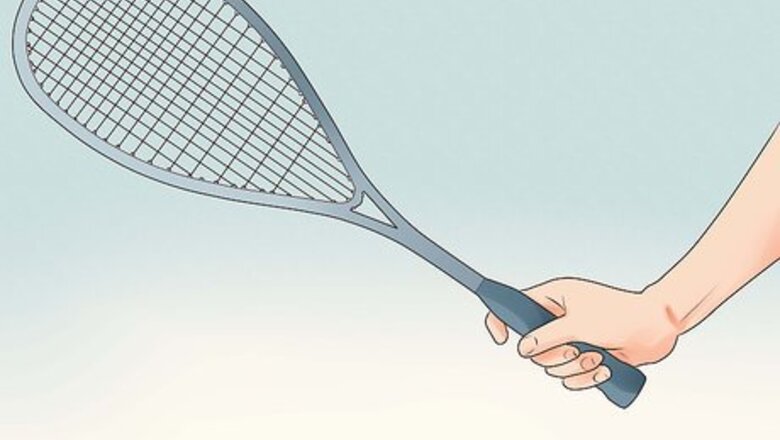
views
Gathering Gear and Accessing a Court

Get a proper squash racket. If you don't have one, or don't use it properly, you might develop bad habits. You can buy them online or at a specialty sporting goods store. If you go to a squash club, you may be able to rent a racket, and balls, instead of buying one. If you just want to try out the sport to see if you like it, you could use a different kind of racket, such as a tennis racket or a racquetball racket. However, if you decide that you would like to play more than once or twice, you should get an actual squash racket.
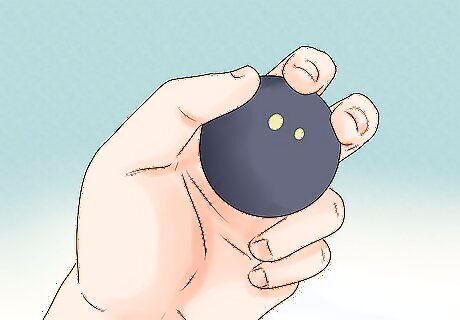
Purchase squash balls. Squash balls come in different colors which signify their speed, yellow is super slow, green or white is slow, red is medium, and blue is fast. More experienced players use slower balls, so as a beginner you should get a faster one. This will help you to make the ball bounce easier. Squash balls are not sold in all sporting goods stores. You may have the most luck finding them online.
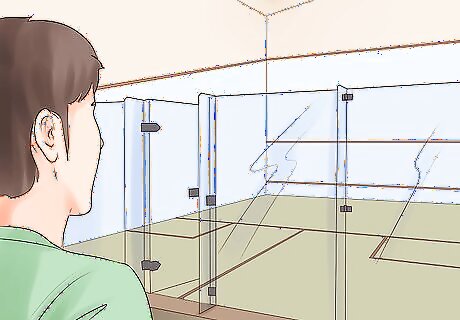
Get access to a squash court. Courts are located in dedicated squash clubs but also at some gyms and sports centers. Call the location you want to play at to make sure a court is available, as you may need to make a specific reservation to use it. You will need to wear sneakers or tennis shoes that do not have dark soles inside a squash court. Dark soles are not allowed because of the marks they would make all over the court. If you become highly interested in the sport and want to play on a regular basis, you could join a squash club if there is one near you.
Learning the Basics of the Game
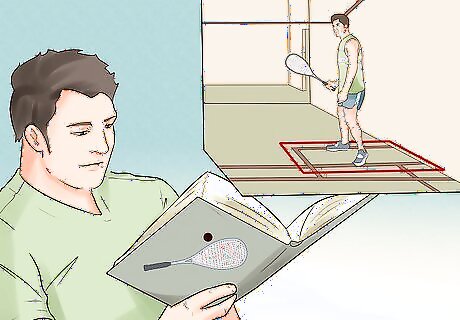
Review the rules of the game. Squash is a game played with two players (although you can practice on your own). The game begins when one player serves the ball from the serving square. The server hits the ball against the far wall of the squash court so that it bounces back into the other half of the court, opposite the servers square. The goal for both players is to return the ball to the far wall, only allowing one bounce on the floor before hitting it. When returning the ball to the far wall, it can bounce off the the side walls of the court, but not the floor. The last person to successfully hit the wall during a volley wins a point. You must hit the far wall of the court in between an upper line and a lower line, indicated on the wall. The bottom line has a strip of tin along it, so that you can hear when a ball hits it.
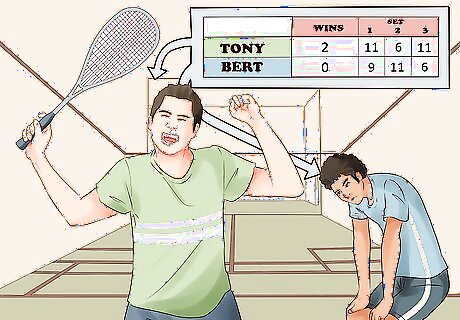
Review how to score a game. A squash match is awarded to the player who wins the best of 3 or 5 games. Each game goes to 11 points, with the first player to reach 11, by at least two points, winning. If a player reaches 11 points but the other player has 10 points, for instance, then the game continues until one player gets ahead by two points. Unlike in tennis, either player can gain a point on any play. All that matters is that the person who does not return the volley loses the point. The player that earns each point follows their point by becoming, or continuing to be, the server.

Learn how to hold the racket correctly. Position your hand so that there is a "v" between your thumb and pointer finger, but put the rest of the fingers close to the pointer finger. Grip your hand around the handle of the racket firmly but not so hard that your hand is stressed.
Practicing Your Techniques
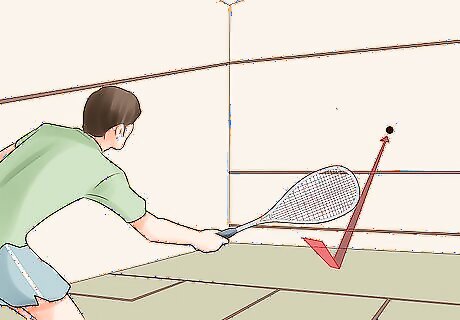
Practice hitting the ball. Hit the ball against the wall, let it bounce on the floor, then hit it toward the far wall again. This may take lots of practice, since squash balls are not very bouncy. Keep trying! You will want to practice trying to hit specific spots on the far wall. Try hitting the ball right below the upper out of bounds line and right above the lower out of bounds line. Having good aim will be important to getting good at squash.
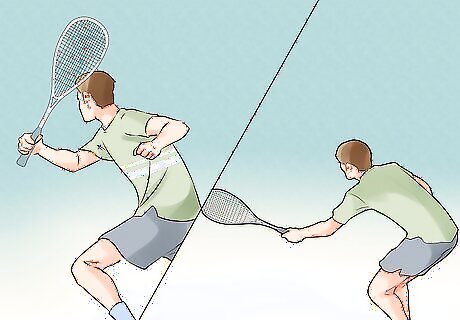
Practice forehand and backhand strokes. As soon as you learn the basics of hitting the ball, you can learn the uses for forehand and backhand strokes. Forehand is when you hit the ball with the racket with your forearm facing the ball. This is the stoke that you have probably been using already when practicing. Backhand is when you hit the ball with your forearm facing away from the ball. The backhand can be one handed but usually requires two hands on your racket. A backhand stroke takes a bit more practice to master but can be very useful when going after difficult to hit balls.
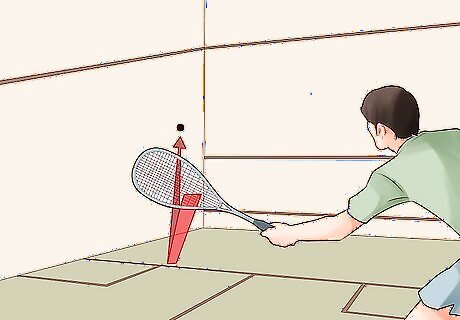
Practice hitting off the side walls. While it is not required to play, more advanced players utilize the side walls of a squash court during play. In order to get the ball to the far wall, you can bounce it off the side walls first. Practice doing this, as it takes a lot of practice to get this move down right.
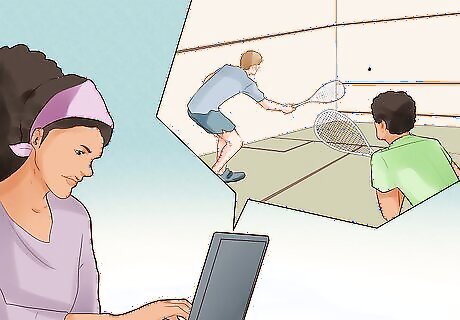
Review the wide variety of tactics good squash players use. Just knowing the rules of the game will not necessarily make you a winning player. As you develop your physical skills, you will also need to develop your tactical skills. There are many different strategies that professional squash players recommend. Some stress the need for defense, while others swear that offense is the key to a winning game. Read about strategies online and then try to incorporate them into your games and practices. Pick what best suits your strengths and abilities.
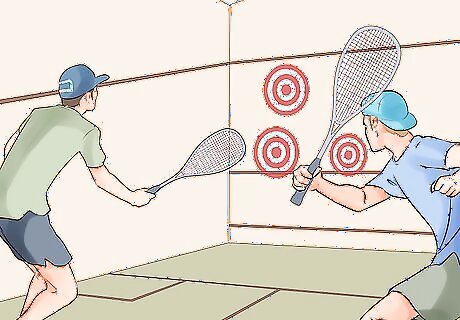
Vary your speed and direction. Do not let your opponent judge what you will do next because you always do the same thing. For instance, change up your shots so that you are not always hitting the same spot on the wall. You don't want your opponent to know where they will need to be to return your volley. It is a good idea to change up your rhythm often as well. Take different intervals between when the ball hits the ball and you return it, so that your opponent will not be able to prepare far in advance for their return.

Practice holding your ground on the court. Most players will tell you that winning squash requires making your opponent do the running. Try to stake your position at the center of the court, making your opponent move from side to side. If you have to move away from the "T," the center of the court, then move back there quickly after you hit, so that you could move to either side of the court easily for your next hit. While you need to make your opponent run, the rules dictate that you also need to get out of their way. If you are in the way when your opponent is trying to hit the ball, this is ruled "interference." If you or your opponent are hit by the ball, or a racket, playing stops. If the return would not have been good, the striker looses the point. If it would have been good, two different things can happen. If the ball would have hit the far wall directly, the striker gets the point. If the ball would have hit the side wall before hitting the back wall, then the players redo the point. This is called a "let."
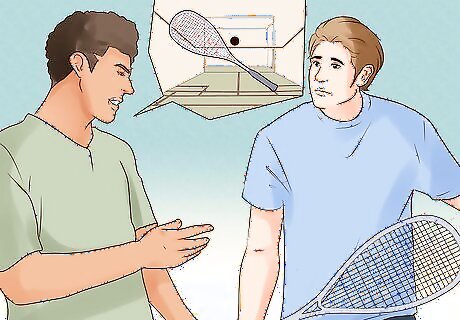
Play with another person, since squash is a two-player sport. Find another person who wants to learn how to play, that way you will both be on the same level and neither person will get bored. You may want to play on occasion with someone else who is better at the game than you. You will learn more about the game from a skilled player than from a beginner like you. If you want to really get serious about squash, then take lessons. Your squash coach will play with you and teach you important techniques for becoming a better player.










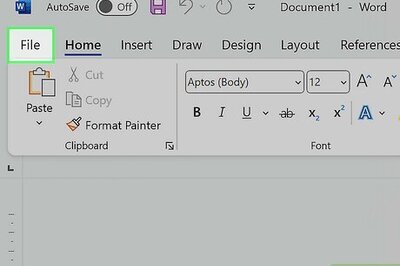




Comments
0 comment